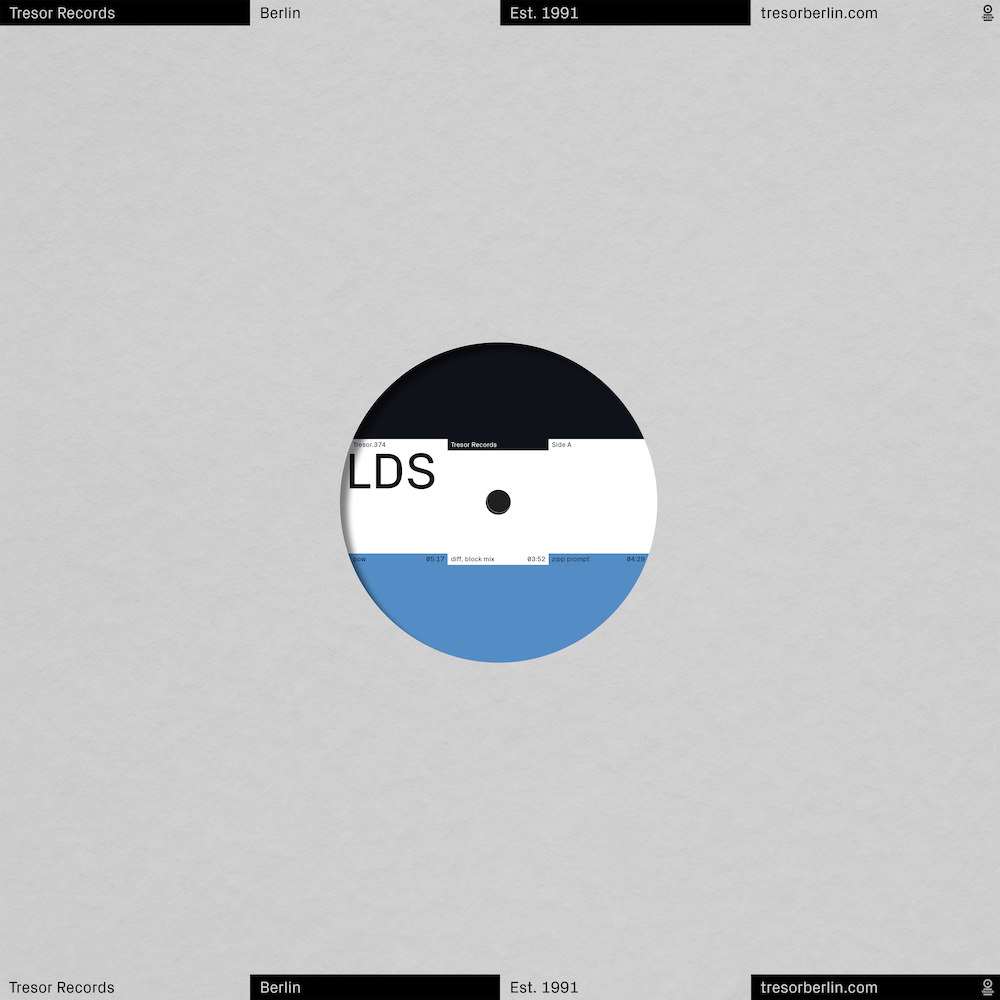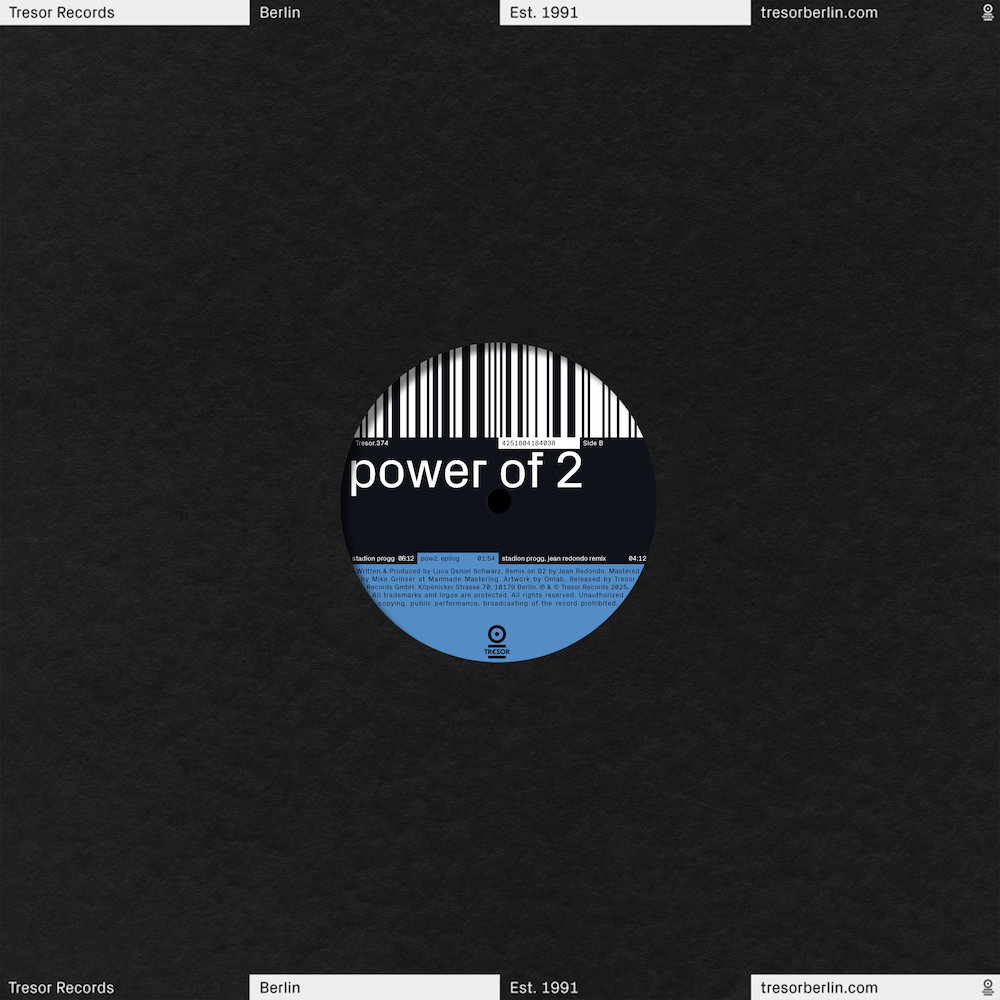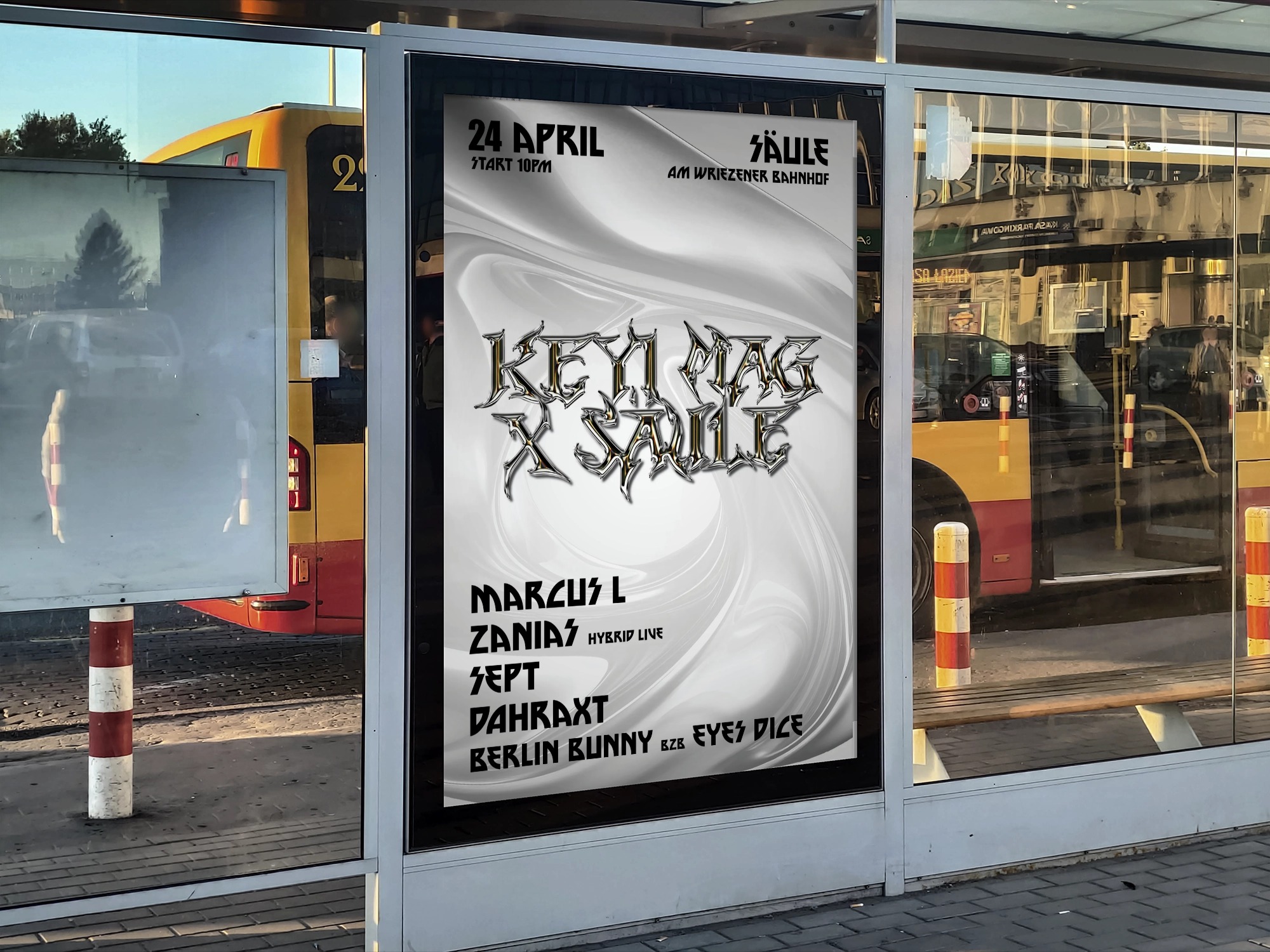
LDS Announces New EP on Tresor, Fusing Technology with Powerful Techno
LDS is preparing to release a new EP on Tresor, showcasing his signature fusion of clean, powerful techno with complex, textured drum sequences. Schwarz’s unique sound design combines intricate rhythms and fills, capturing a vibrant, organic energy that sets his music apart in the electronic scene.
Schwarz’s process is a blend of creativity and cutting-edge technology. Deeply invested in programming languages, he developed probability-based tools that allow him to manipulate sounds and sequences in new ways. The result is an evolving, dynamic sonic experience where pre-set rules guide the music’s flow, creating a captivating journey that reflects his passion for both structure and spontaneity.
Hello, hope you are doing well! And so glad to hear about your support. Your music merges clean, powerful techno with a remarkable sensitivity to texture and rhythm. What drew you to this style, and how has it evolved over time? Tell us more about the EP at legendary label like Tresor.
Yeah, first of all, thanks for the description. I’m happy that it is received that way, at least for you. I think when you’ve been making music for over 10 years, as I have, it’s quite natural to focus on certain aspects of sound design. For me, it was definitely about finding my own sonic DNA within this vast universe of sounds, genres, and sub-genres.
My first releases were an attempt to put a unique spin on Dub Techno, which is, of course, a well-established structure. However, my approach was hopefully slightly different— more pace than the usual Dub Techno and infused with elements of Psytrance. Talking about my own music feels a bit strange because, like many artists, I find it difficult to describe or analyze my work objectively. That’s why I appreciate when others do it and find the right words for it. What I can say, though, is that my biggest motivation always comes from the attepmt trying something completely new.

How do you strike a balance between the mathematical precision of your tools and the emotional or human element in your music?
I believe electronic music doesn’t necessarily need a human element. What fascinates me most is that it can sound so precise, tight, and quantized—something no human could replicate by playing live drums, for example. Lately, I’ve been increasingly drawn to generative processes, building systems that create music autonomously. I see myself more as a curator or selector, setting probabilities and guiding the direction while allowing certain freedoms within predefined boundaries.
This concept excites me endlessly. Last year, I started learning Max MSP, which has an incredibly appealing logical aspect to it. Solving small challenges and applying mathematical concepts to music is very satisfying. On top of that, I recently switched my DAW to Bitwig. It offers a great balance between traditional DAWs and Max MSP, particularly with its node-based environment, The Grid, which allows for custom-built systems. I mainly use it for modulation and have built my own generative feedback modulation engines. That’s pretty much my process—I don’t know if that fully answers your question, but yeah.

One of the tracks which we are going to premiere also like “zipp prompt” and “pow” feature fuse rhythms and textures. Do you draw inspiration from specific drumming techniques or genres outside electronic music?
Each of my tracks comes from a different mindset. For example, I created the groundwork for “Zipp Prompt” while on a train to Berlin. When I arrived, I thought about adding vocals but decided instead to generate them using AI Vocal generation tool, based on an idea I had in my head. That’s how this track came to life. I think it’s one of my more original tracks because I didn’t follow any particular reference—it just emerged freely, those are the tracks i am most proud of ^^
“Pow” on the other hand, represents more of my signature sound, especially what I showcased with the “Algo5” LP on Blue Hour. I love this fusion of housey and techy techno, or dub techno. The name “Pow” is also a nod to the album title “Power of Two” and a reference to the “pow” object in Max MSP. That’s the story behind these tracks.
Your music feels like a balance between science and art. Do you think of yourself more as an artist, a scientist, or both?
I once saw a video by a somewhat infamous YouTuber specializing in Max MSP, called Dude87 or something like that. He’s a legend when it comes to max tutorials—really funny and informative and creative. He said that software like Max MSP enables artists to become engineers and engineers to become artists. I think that’s kinda true. I wouldn’t call myself an engineer or scientist, even though I have a university degree—it’s not really in engineering. But at the end of the day, my music is technically created while still being artistically driven. For me, this hybrid approach is the most logical because I’m deeply interested in both the technical and artistic aspects. Working in both spheres is intellectually satisfying and complements my long-standing passion for music.
How has your relationship with your tools and technology evolved, and where do you see it taking your music in the future?
I used to be a huge hardware synthesizer fanatic—there’s this well-known condition called GAS (Gear Acquisition Syndrome), which I think every serious electronic musician knows. But I’ve completely moved past that phase and now work exclusively with software. For live performances, I still use the Elektron Octatrack, but I realized that software is the most powerful, flexible, and stable tool for me. In the future, I want to explore performing live entirely with software and fully embrace that route.
The video I made for “Stadionprog” on Tresor is something I’m really proud of. The whole audiovisual aspect of performance is definitely something I’m interested in. However, I don’t like doing things just because others do them. It’s a common progression for artists who start playing live to expand into AV performances, but I want my approach to feel authentic and personal.

What’s next for LDS? Are there any upcoming projects or experiments you’re particularly excited about?
My colleague Jonas and I have been experimenting with TouchDesigner, exploring ways to integrate real-time audio reative inputs into AI-driven visual engines like Stable Diffusion. We’re considering using this concept in a live setting, though it presents challenges. The technique works best with large LED screens and real-time input from cameras, but since club environments are usually dark, capturing visuals in real-time is tricky. We’re still figuring it out, but this kind of experimentation excites me. So worst case we have to present it daytime on big festival stages, I could definitely live with that LOL^^
That said, my core focus remains still on creating interesting music. The most inspiring artists I know are simply great musicians with unique ideas. Exploring different artistic dimensions is important, but for me, music remains the most compelling form of art. My goal is to make music that is different, inspiring, and feeds into this continuous cycle—where inspiration fuels creation, and that creation, in turn, inspires others. That’s something I deeply care about.


Support and order HERE
FOLLOW LDS
FOLLOW Tresor Records
Get our latest print 350page + book
Our next event : Säule, Berghain – 24.04.2025 -> more info here







